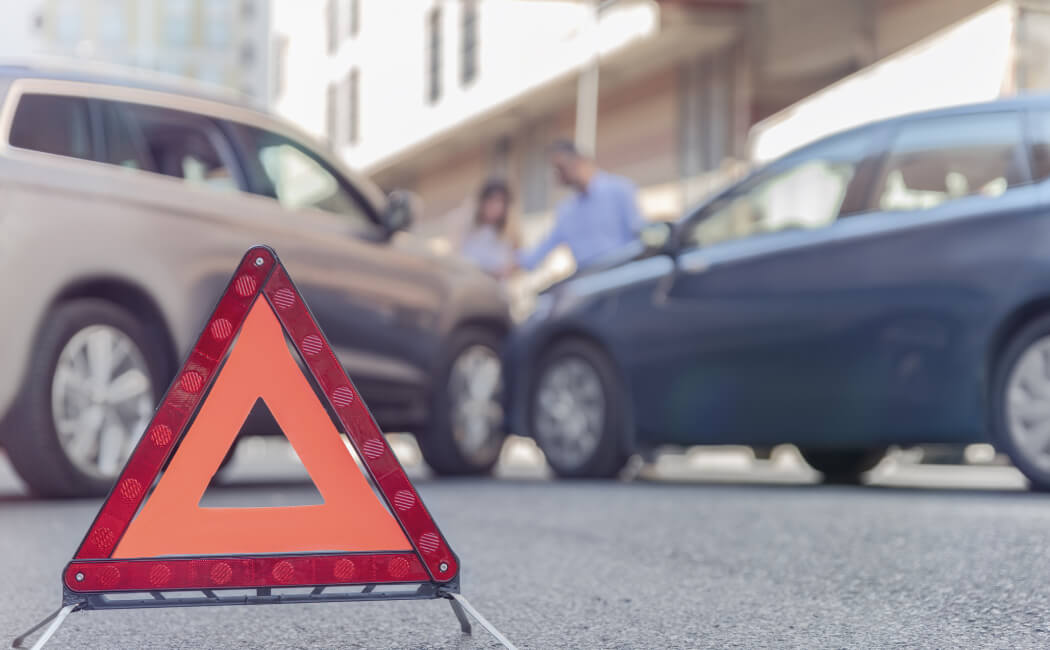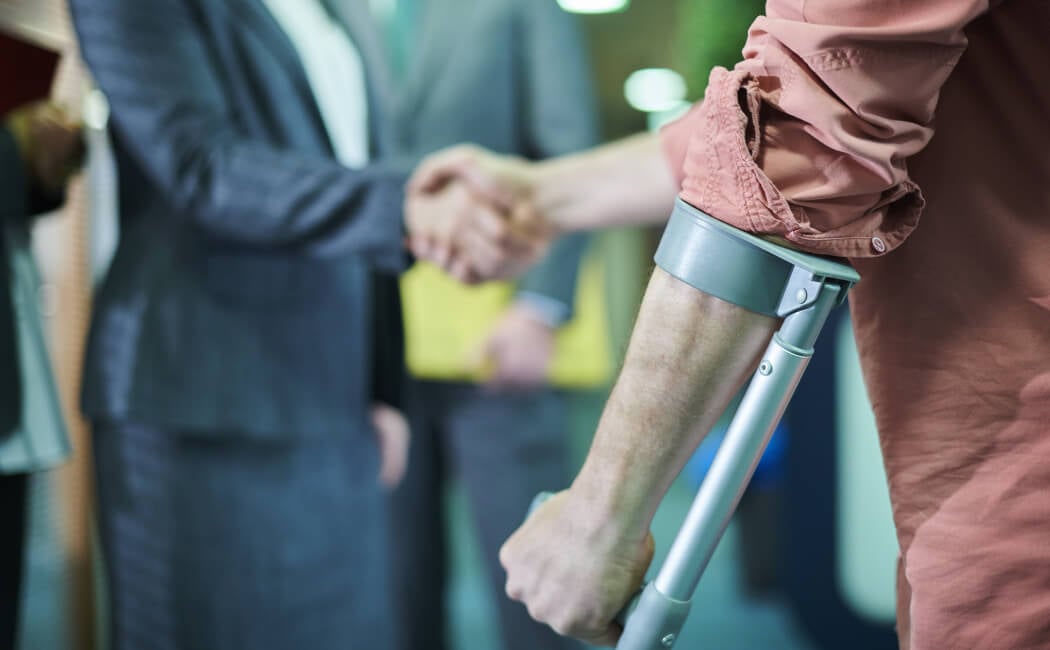Steps to Take After a Car Accident
September 10, 2018 – David Hahn

If you’ve ever been in a car accident, you know how disconcerting it can be. So much happens in just seconds that it can be hard to comprehend what just took place, let alone know how you should proceed to ensure everyone’s safety.
We’ve compiled a list of things you can do immediately following a car accident to avoid further injury and prevent insurance issues.
Preventative Measures
Even though you’re not planning to get into a car accident, you still get car insurance in case it does happen. In the same way, preparing an emergency kit for your car can give you the resources you need if it does happen. So, what should you put in an emergency kit? Here are a few essential items to keep in your vehicle:
- Important documents like car insurance information, health insurance information, and vehicle registration
- First aid kit
- Road flares and a flashlight
- Jumper cables
- Bottled water
- A multipurpose tool to fix basic car troubles
Make sure to put these items in a clear container so that you can easily see where everything is. Also, secure the container so that is doesn’t open or fly around while you’re driving. These are just a few of the items to keep with you. You can find a more detailed list here.
Another preventative measure you can take is to keep a post-accident checklist on hand. Since the moments after a car accident are chaotic, a list of the steps you should take after an accident can be a great reference. You can include the following 9 steps on your checklist.
Ensure Safety
- Take deep breaths and try to calm down. This is much easier said than done. But, if you can calm yourself down, you will be better able to take charge of the situation. Remaining calm could be imperative if you’re in dangerous surroundings or if there are other people involved in the accident.
- Move to safety if necessary. If the vehicles are causing traffic problems, you may need to move them. Remember to take pictures of the vehicles and their placement before you move them (if it is safe to do so). This could be beneficial when determining who was at fault. If you can leave your vehicle where it is, turn on your hazard lights. You may want to use the road flares from your emergency kit to warn other drivers.
- Stop the vehicle and get out. Turn off the vehicle and make sure all individuals get out of the car if they’re physically able. Ensure that everyone is in a safe location away from traffic.
- Check for injuries and call 911 if necessary. Even if there aren’t any apparent injuries, consider the possibility that someone may have internal injuries. It’s always better to be safe than sorry when it comes to personal safety.
- Call the police. You may want to call the police if the parties involved in the accident are not cooperating or if they are arguing. It’s also a good idea to call the police because they can create an accident report that you can use for your insurance.
Remember: When speaking to a police officer, never claim fault or blame someone else for the accident. You want their report to be as objective as possible. And when asked about any personal injuries, never say that you’re alright. You may have unknown internal injuries.
Document the Accident
Take photos of everything. Use your phone to take pictures of:
- Damage to the vehicles
- Any injuries that occurred
- The location where the accident happened (street signs, intersection, etc.)
- Road conditions
Collect information. Use your phone or a pen and paper to record information like:
- The name(s) and contact information of all of the involved parties
- The name(s) and contact information of any witnesses
- The driver’s insurance information, license plate number, and driver’s license number (if they let you)
- The name and badge number of the police officer
- Write down everything that happened right away. It’s a good idea to draw a diagram of the scene of the accident that includes where each vehicle was coming from. You can also keep a diary of what happened. The longer you wait to document the accident, the more you will forget. It’s best to record everything as soon as possible. Also, if you have any injuries, keep track of how you feel each day. This may come in handy for insurance purposes.
- Contact your insurance and file a claim. Let your insurance company know about the accident and provide them with the police report.
Were You Injured?
Hopefully, these tips will help keep you and anyone else involved in the accident safe. You also want to fix the damages quickly and get the care you need. You can do this by being careful with what you say and thoroughly documenting the accident to prevent issues with your insurance company.
If you were injured in an accident due to the negligence of another person, you might have a personal injury case. It would be a good idea to consult with a personal injury lawyer right away. At Robichaud, Schroepfer & Correia, P.A., our experienced personal injury attorneys are here to help. We listen to your concerns and help assess your situation to see if you have a case. Contact us today by filling out the form below.
Related Blog Posts

5 Common Personal Injury Lawsuits
When an injury occurs, many wonder if they might have a legal case. Many lawyers specialize in personal injury cases and can help those injured due to the negligence of…
Deportation and executive action, part 2: beyond Deferred Action
On behalf of Robichaud, Schroepfer & Correia, P.A. posted in US Immigration Law on Friday, December 13, 2013. In the first part of this post, we wrote about how the delay…

Minnesota Students Welcome Immigration Policy Change
On behalf of Robichaud, Schroepfer & Correia, P.A. posted in Deportation on Friday, July 6, 2012. What will be the effect in Minnesota of the Obama administration’s policy decision not to…

Beyond the poisoned well: immigration reform tactics changing
On behalf of Robichaud, Schroepfer & Correia, P.A. posted in US Immigration Law on Friday, October 25, 2013. President Obama has not given up on enacting comprehensive immigration reform. To be…
